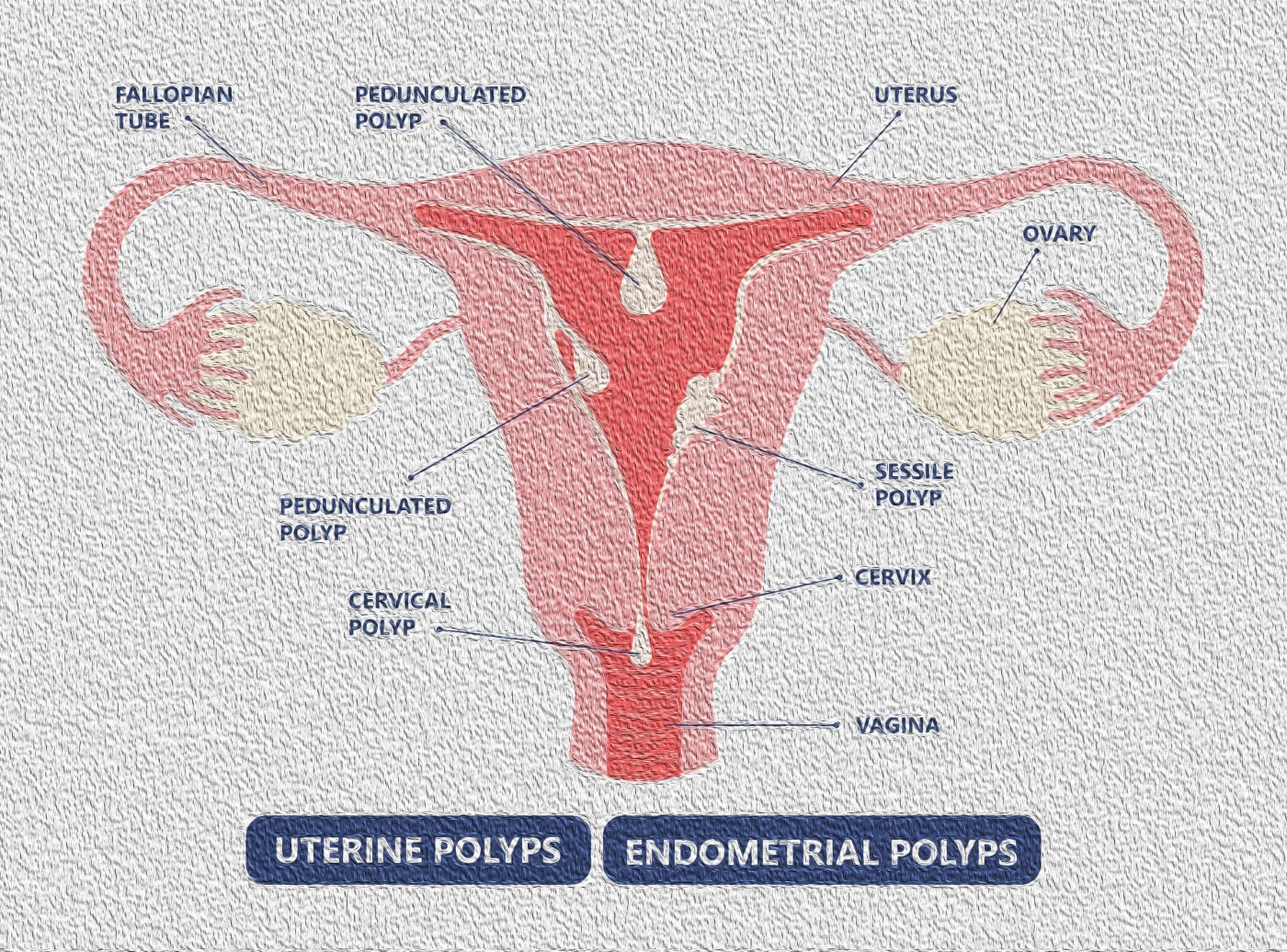Polyps are often symptomatic. Symptoms more often related to polyps include abnormal bleeding, postcoital staining, chronic vaginal discharge or dysmenorrhea. Polyp related bleeding is often characterized by increased clotting, intermenstrual or premenstrual spotting or heavier menstrual flow. There is good evidence that polyps can decrease fertility and that their removal will improve the chances of pregnancy.
In addition to women with abnormal bleeding and infertility, other women at increased risk for endometrial polyps include women on tamoxiphen therapy and women with endocervical polyps, a quarter of whom will also have endometrial polyps.
It is obvious that symptomatic endometrial polyps should be removed. However, it is also important to remove asymptomatic polyps, particularly in postmenopausal women. Although the vast majority are benign, endometrial cancer and hyperplasia will be found in approximately 2% of endometrial polyps and are often associated with coexisting malignancies elsewhere in the endometrium. In one study of more than 1400 polyps, endometrial cancer was found in 27 polyps (1.8%). Of these 27 women, 26 % were asymptomatic.




